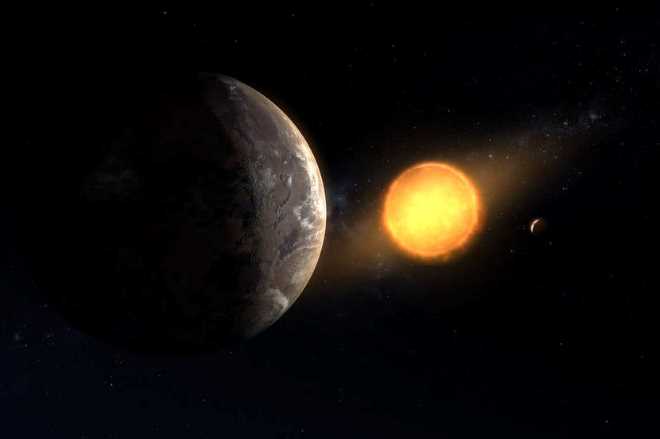NASA Brings Exciting News: A Second Earth Was Found 300 Light-Years Away

Kepler-1649c was previously considered by computer algorithm Robovetter a false-positive. Kepler-1649c is the exoplanet found to have similar conditions to Earth — a Second Earth. Robovetter is the computer algorithm used by scientists to identify planets such as Kepler-1649c. But every creation bares the flaws of its creator. Since humans made Robovetter, then it is prone to make honest human mistakes and not see the truth even when it is in front of it.
A history of misinterpretation of the Second Earth
The Kepler telescope discovered exoplanet Kepler-1649c before 2013, the year when the telescope stopped collecting data. Since there was a lot of data to analyzed, and the human mind isn’t wired to interpret it as fast as a computer algorithm, it was Robevetter’s time to enter the stage. Except it misinterpreted the celestial body.
The computer algorithm Robevetter was programmed to find planets through brightness dips. It’s a common phenomenon that occurs when the planet is orbiting the host star. Changes in the brightness of the star or a comet passing by can cause a similar effect. Robevetter classified Kepler-1649c as a false positive.
Luckily, the scientist thought that might happen, so Kepler False Positive Working Group was put to work. It is a team designated to do just what it says: to check the false positive for errors. And they found Kepler-1649c to be one of them.
Kepler-1649c’s proper interpretation
It is an exoplanet 300 light-years away from Earth, and it is orbiting a red dwarf. The red dwarf isn’t excellent news. The stellar flare-ups of a red dwarf make life quite impossible on a nearby planet. Still, there are a lot of other reasons to be excited about because they mean that there are planets out there with conditions similar to Earth.
Kepler-1649c is orbiting the habitable zone of its red dwarf. This means that it can hold water in liquid form. Its size is similar to that of Earth’s, 1.06 times the size of it. It receives from the red dwarf 75% of the light Earth gets from our Sun. This makes the two planes have similar temperatures. While orbiting the host star for nine times, it also revolves for four times, which proves they are involved in a long-lasting stable system.
NASA’s Science Mission Directorate Associate Administrator Thomas Zurbuchen couldn’t be more thrilled about their findings. He even stated, like a child hoping to meet ET, his hopes of finding Second Earth planets “waiting to be found” got high.
Astro-people…
Life there IS possible , if marginal . The planet should be tide-locked , and possess a reasonably strong magnetic-field . This means that it should have SOME atmosphere , and desert conditions on the sunward side . The dark-side should be glaciated , with modest atmospheric super-rotation moderating the planetary temperatures . It should be amenable to underground habitation , with adequate technology .
*Sounds like a condo !
D.H.